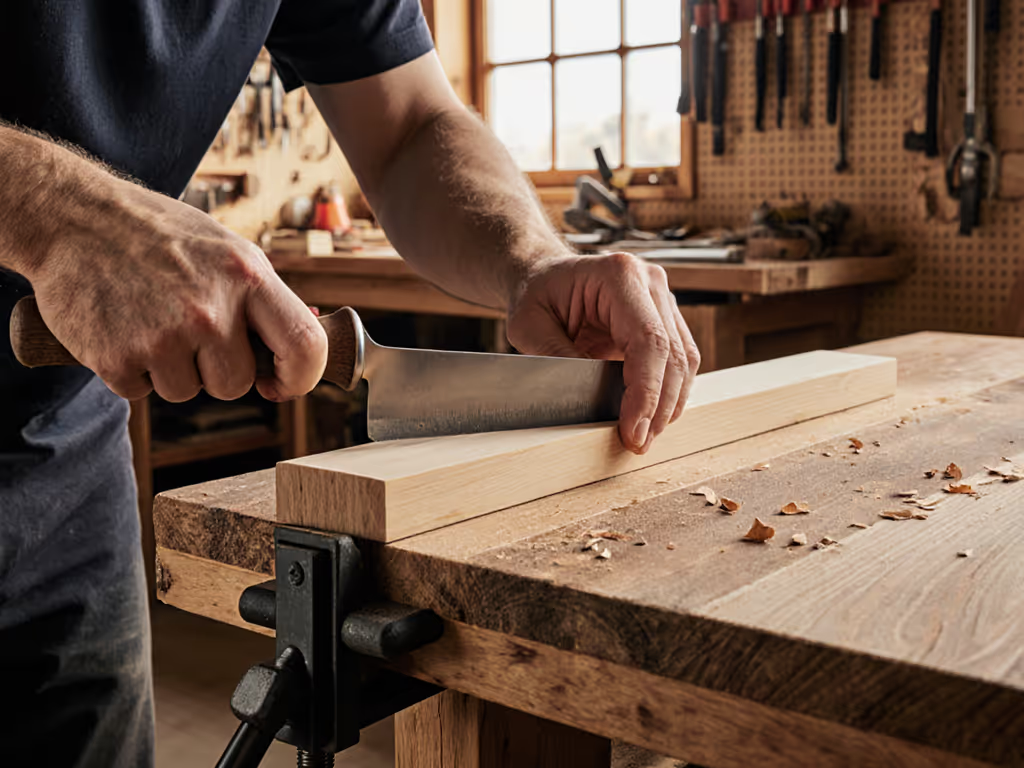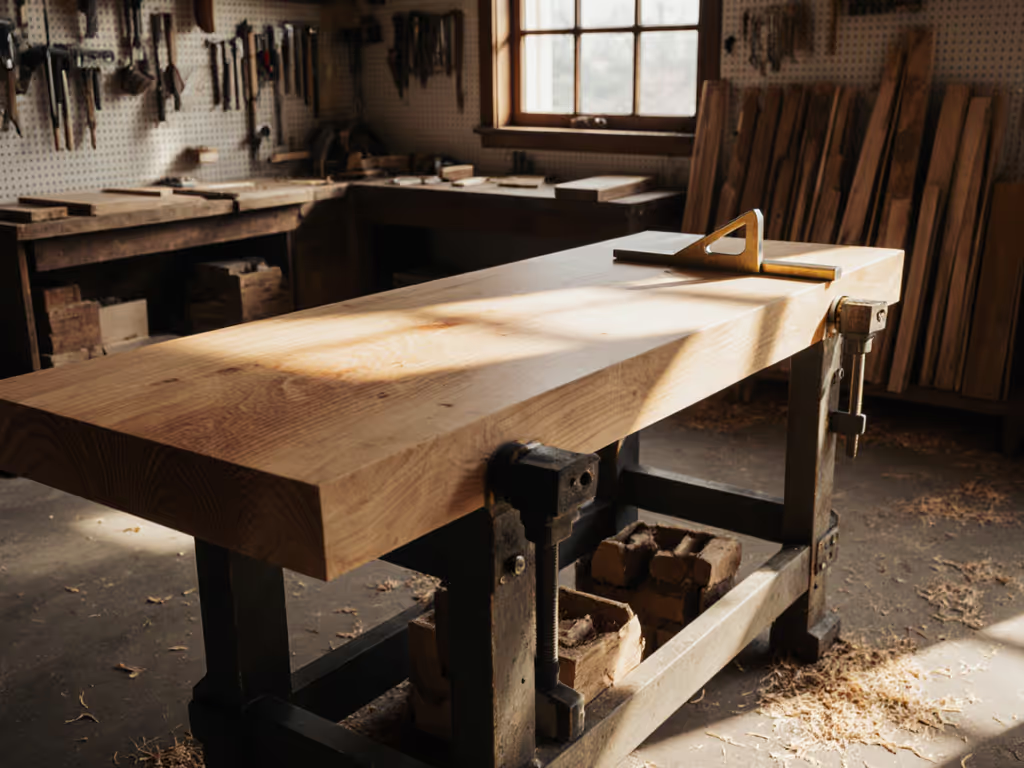

Elena Kovács
Human factors for bench work: height, reach envelopes, stance, and fatigue reduction
16Articles
5Categories
About
I translate ergonomics research into bench setups that protect your body and sharpen your work. I run posture check sessions and map reach zones so tools and clamps live where your hands expect them.
Background
After a long run of dovetails, I realized my backache wasn’t age—it was bench height. Lowering just 30 mm and adding a foot rail transformed my endurance. The work improved because I wasn’t fighting my body. That day rewired how I evaluate benches: human-first, features second.
Perspective
I favor adjustability, foot clearance, and day-long comfort over ornate features.



